
Crime Wave, developed and published by Access Software in 1990, is a side-scrolling action shooter that drops players into a metropolis overrun by a ruthless syndicate. The game’s gritty cyber-noir aesthetic, tight pacing, and relentless firefights evoke the explosive bravado of NARC and the sleek run-and-gun agility of Rolling Thunder, yet its digitized voices and cinematic interludes carve out a style all its own. Whether you’re blasting through neon alleys or vaulting roadside barriers, every moment demands razor-sharp reflexes and thoughtful ammo choices. Play the classic game online and relive a timeless rush of arcade-inspired action.
Crime Wave is a side-scrolling action game released in 1990 by Access Software, the Utah studio renowned for pairing technical innovation with pulp-fiction flair. At a time when many PC shooters struggled with smooth scrolling, the team delivered parallax skylines, digitized speech, and chunky sprites that felt lifted from a neon-drenched comic. Players step into the boots of Victor Armstrong, a lone agent charged with dismantling a syndicate that has tightened its grip on every alley, rooftop, and underground rail. The designers storyboarded each stage before writing code, ensuring backdrops looked like panels torn from a dystopian graphic novel. Voice clips crackle through the speaker as your handler briefs you, while animated pans across glowing skyscrapers establish mood with cinematic economy. Compared with earlier DOS fare, Crime Wave felt like a late-night VHS thriller you could control, foreshadowing later PC classics that blended narrative with nonstop play.
Thanks to modern emulation, it takes seconds to play Crime Wave online. No installation or BIOS files stand between you and the action; a click or tap streams the game directly into your browser. Keyboard and gamepad inputs map instantly, and touch-screen overlays on mobile devices replicate the original layout without cramping the display. Because the program weighs only a few megabytes, performance stays flawless even on modest phones, letting you clear a stage during a commute or marathon the campaign at home. The ability to enjoy the entire game free, in any modern browser, and without regional restrictions keeps the experience accessible for every generation of retro fan.
The first thing newcomers notice is color. Crime Wave paints its skyline in violets, teals, and deep oranges that gleam off rain-slick asphalt. Enemy sprites move with purpose: bikers skid to fire sawed-off shotguns, riot troopers raise transparent shields that glint under streetlamps, and flamethrower squads brandish tanks that hiss ominously. A driving FM score punches alongside sampled explosions, producing a gritty techno-rock vibe that still pumps through headphones today. Each stage introduces new scenery—pier warehouses battered by salt-spray, glass-walled corporate atriums, cavernous rail tunnels—forcing you to adjust tactics rather than coast on reflex alone.
Variety extends to weapons. The standard rifle delivers steady automatic fire, but limited-ammo power-ups add satisfying spikes of chaos: a spread-shot shreds clustered foes, rockets level barricades, and plasma arcs erase rooftop snipers. Because ammo drops are finite, disciplined trigger control matters as much as agility. The resulting cadence alternates between forward surges and strategic pauses, a pacing reminiscent of Rolling Thunder yet tuned for the PC’s beefier sound and sprite budgets.
Crime Wave’s difficulty curve respects persistence. Early scenes teach spacing and cover with knee-high obstacles that absorb bullets; later levels test mastery through vertical ambushes and environmental traps. Enemy waves are choreographed, not random, so success hinges on pattern recognition and positioning. When you finally weave through a gauntlet untouched, the payoff feels visceral. Checkpoints are generous for 1990 yet never trivialize failure; losing a life costs score multipliers that determine end-game rank, adding gentle pressure for perfectionists.
The control scheme proves equally enduring. Cursor keys move, Ctrl fires primary rounds, Alt launches special weapons, and Space vaults obstacles. Gamepads mirror the layout inside browser wrappers, and on touch screens floating buttons adopt the original shapes, so muscle memory builds seamlessly across devices. Despite a compact four-mission structure, replay value thrives on alternate routes, hidden briefcases, and multiple difficulty tiers. Purists chase high scores by conserving ammo and beating par times, while newcomers experiment with every power-up just to enjoy the fireworks.
Contemporary critics praised Crime Wave for turning the PC into an arcade cabinet without demanding expensive peripherals, and decades later that virtue remains. Its straightforward premise—one agent, one city, countless thugs—feels refreshingly focused beside sprawling open-worlds that can blur into chores. By stripping the genre to movement, shooting, and occasional leaps, Access Software captured something primal and evergreen: the thrill of clearing a screen, the relief of snagging a health pack, the tension just before a boss points a grenade launcher your way. Modern players often load the game for historical curiosity yet stay because the feedback loop is still satisfying. The pop of a headshot, the momentary invincibility of a leap, the soft screen-shake when fuel drums detonate—all land with tactile clarity.
In closing, Crime Wave offers an unfiltered blast of arcade adrenaline wrapped in a stylized comic-book aesthetic. It teaches through action, rewards practice, and proves that good design outlives hardware generations. Whether you drop in for five minutes or fight through every district, the rush remains timeless.
All used codes are publicly available and the game belongs to its original authors.
Share game
Share game
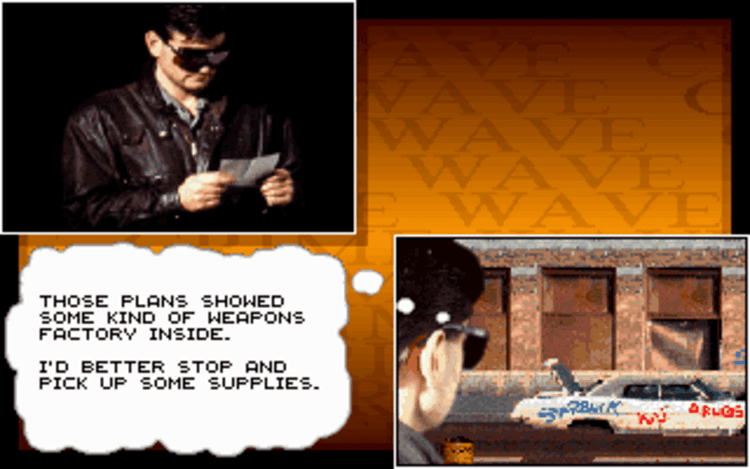
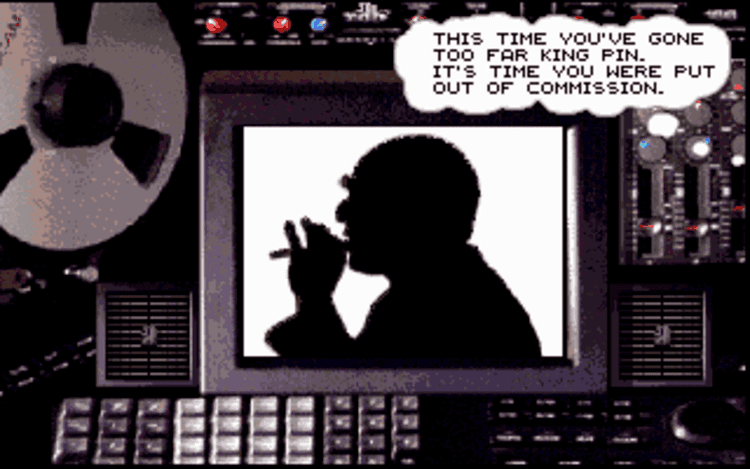
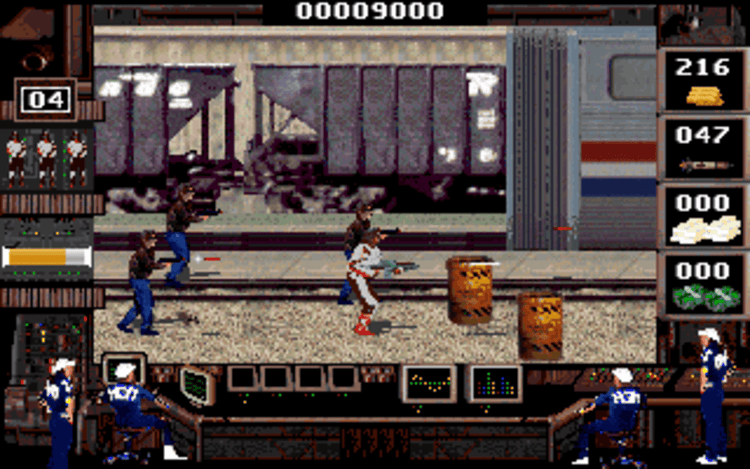
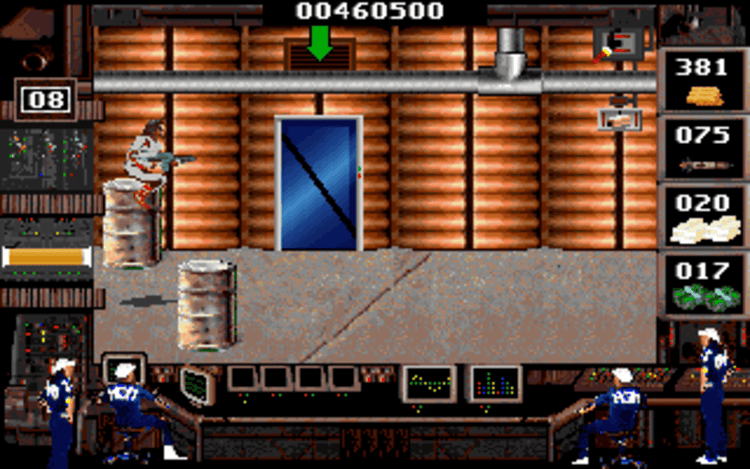

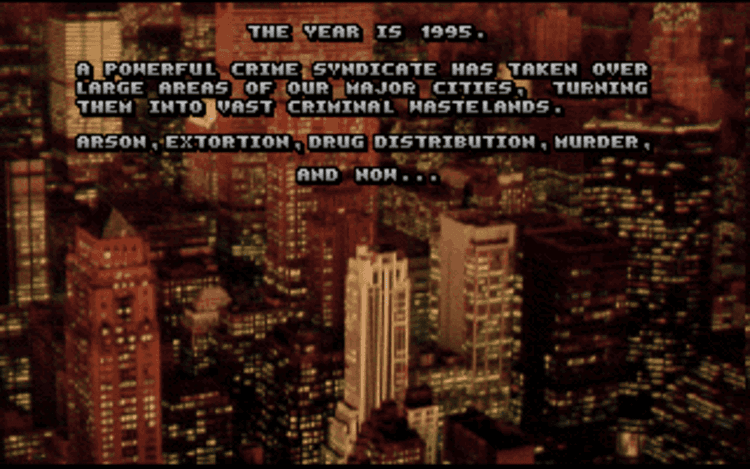
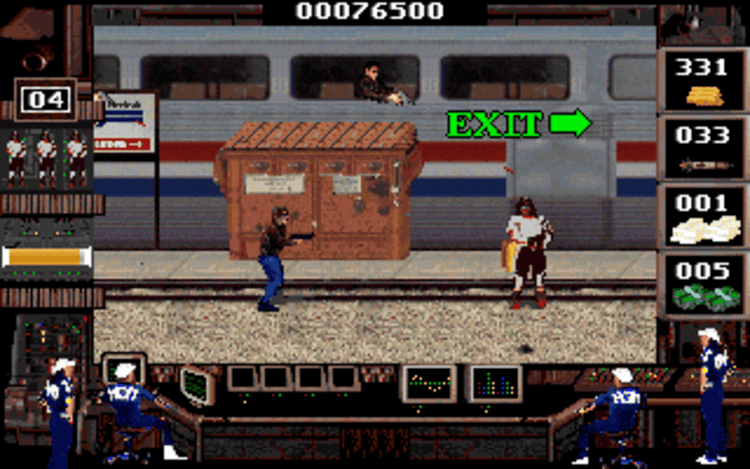
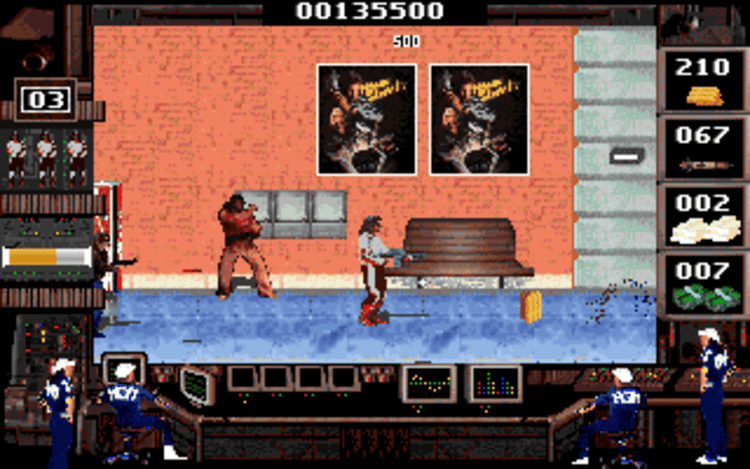
Share game